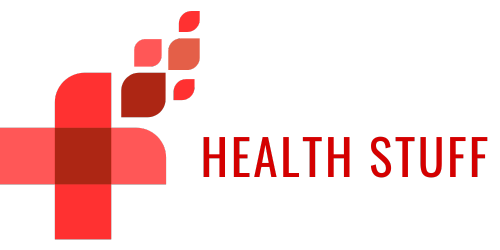How to facilitate a timely diagnosis
Proactive ways of establishing a timely diagnosis
Advanced technologies and quality network services have enabled healthcare systems to improve the delivery of their services and increase the efficiency of patient-doctor communication. Beneficial technological advancements have recently presented interesting, proactive solutions that can facilitate an accurate and timely diagnosis. In this article, we will examine some of the most efficient, proactive ways of establishing better care for patients. Furthermore, we are going to take a look at exactly what are these proactive and new ways of facilitating timely diagnosis.
Facilitating a timely diagnosis - proactive contact with patients and preventive campaigns
Preventive campaigns of health are crucial to the overall process of establishing a timely diagnosis. This essentially means that patients should be reminded of those check-ups and periodic examinations that should be carried out on a certain date. Healthcare service providers have been worked hard to further advance and deliver personalized information that is specific to each patient according to their needs and medical history.
So, how does this all work exactly? Well, an innovative solution is a service that would act as a preventive health assistant. This health assistant maintains a constant dialogue with the patient through email. Therefore, you can always count on a timely reminder about your upcoming appointments. Prostate control for men over 50 years of age, mammography as well as annual PAP control all fall under the uses of this service. In that way, it can help prevent or at the very least uncover any kind of changes on time and enable healthcare providers to establish a timely diagnosis.
The use of digitalized monitoring devices and services for chronic patients
Although chronic patients already have a certain type of diagnosis, this can all change. It is, therefore, important to figure out any changes on time when it comes to chronic patients. This can be achieved with the use of new, technologically advanced monitoring services and devices. Monitoring services will relay data back to the healthcare provider and from there, their treatments, as well as timely follow-ups, can be planned and prepared.
Monitoring devices and wearable devices also involve the patient in the entire medical journey. He or she has the ability to follow their treatment entirely. The messages delivered by these monitoring services and systems can be in the form of educational alerts, alerts that rely back to the medical team or to the patient directly via the phone for example. With chronic patients, it is important to constantly monitor their conditions. Therefore, with the usage of technological tools and devices such as monitoring devices and wearables, healthcare providers can gather all of the important data of each patient and timely set up any necesssary appointment based on the changes of their existing condition.
Integrating electronic health records
First of all, let us first take a look at what electronic health record or EHR really stands for. An electronic health record is a digital version of patient's paper chart. A real-time, patient record that is instantly availalbe online to healthcare providers presents a great advantage. This chart can contain everything from patient's medical history, appointments, treatmants, test results, and all of the other important details related to the patient's health history.
In case a doctor needs instant access to your medical history, he or she can easily aquire it through the usage of EHR. Healthcare surveillance is vital to maintaining quality healthcare. An access to EHR increasing the quality of patient care. Furthermore, electronic health record combines all patients demographics into a large pool and uses this information to create new treatments or innovation in healthcare delivery. Additionally, combining multiple different types of clinical data from the health records can help healthcare providers establish or identify chronically ill patients.
EHR systems are designed in such a way that they can store a tremendous amount of data accurately and safely. This data can show the patient accross his or her medical journey. The increased portability, accessability, and transparecny are all some of the main advantages of EHR in comparison with paper-based records that are traditionally used. Furthermore, badly handwritten paper medical records may contribute to medical errors. All of this can negatively affect a patient and further him or her away from a timely diagnosis. Electronic health records can constanty be updated and exchanged quickly.
Improving the management of appointments through proactive confirmation services
The goal of reducing absenteeism is crucial when it comes to trying to improve operational planning and production. Delivering better and timely information relevant for the patient in question can help in the process of establishing a timely diagnosis. Less dependence on personnel, lighter equipemnt and greated experience and of course, timley appointments and, in turn, timely diagnosis are all some of the main goals of confirmation services.
Effective communication and timely information
The best approach to providing a timely diagnosis is to have effective and smooth means of communication with the patients. Understanding the patient's caller profile is crucial for a more effective communication. With that being said, healthcare providers should have access to their caller profile as well as all the other engagement data about that patient.
A language processing engine in the form of AI is another great example of building effective communication with the patients and providing timely diagnosis. Innovative solutions in the form of AI interractions with the patients can better the patient experience as well as help healthcare providers come up with the right solutions and timely diagnosis for their patients.
A dedicated team of medical experts, combined with proprietary AI technology has the ability to carefully approach each patient and look at his or her needs. In turn, this also helps healthcare providers set up the right appoitnemntis, look at medical history of patients, and uncover any changes in patients which then facilitates a timely diagnosis.
 English
English Español
Español
